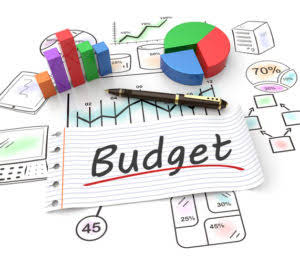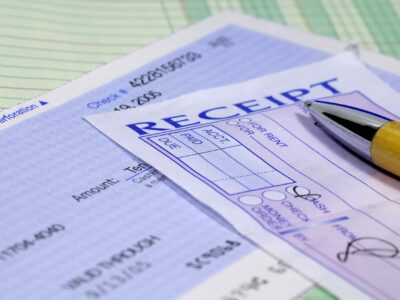
All of the accounts have a natural credit balance except for treasury stock, which has a natural debit balance. Common and preferred stock are recorded at the par value of total shares owned by shareholders. An abnormal balance can indicate an accounting or payment error; cash on hand should never have a net credit balance, since one cannot credit (pay from) cash what has not been debited (paid in).
Let’s Walkthrough Some Examples on Normal Balances of Accounts

In the case of a contra account, however, the normal balance convention is reversed and a normal balance is reported either as a negative number, or alongside its parent balance as an amount subtracted. An account capital normal balance with a balance that is the opposite of the normal balance. For example, Accumulated Depreciation is a contra asset account, because its credit balance is contra to the debit balance for an asset account.
Understanding Goodwill in Balance Sheet – Explained
- The main products for which accounts payables are used by companies are raw materials, production equipment, and utilities.
- They guide accountants and bookkeepers in journalizing financial transactions and updating ledger accounts of their business entity.
- This usually happens for the retailers, who sell the things they receive on credit to the consumer.
- The credit is the usual version of the normal balance for the accounts payable.
- The normal balance is defined as the balance which would show either credit or debt when all the data from the journal is extracted.
If a country’s claims on the rest of the world exceed its claims on it, then it has positive net foreign assets and is said to be a net creditor. The position changes over time as indicated by the capital and financial account. Understanding the nature of each account type and its normal balance is key to knowing whether to debit or credit the account in a transaction. Expenses are the costs a company incurs to generate revenue.
Normal balances of accounts chart”” data-sheets-userformat=””2″:513,”3″:”1″:0,”12″:0″>Normal balances of accounts chart

For this reason the account balance for items on the left hand side of the equation is normally a debit and the account balance for items on the right side of the equation is normally a credit. Based on the rules of debit and credit (debit means left, credit means right), we can determine that Assets (on the left of the equation, the debit side) have a Normal Debit Balance. The first part of knowing what to debit and what to credit in accounting is knowing the Normal Balance of each type of account.
Normal Debit and Credit Balances for the Accounts
Accumulated Depreciation is a contra-asset account (deducted from an asset account). For contra-asset accounts, the rule is simply the opposite of the rule for assets. Therefore, to increase Accumulated Depreciation, you credit it.

- At the end of the accounting year the balances will be transferred to the owner’s capital account or to a corporation’s retained earnings account.
- By understanding the normal balance concept, you can correctly record transactions, such as the cash injection and the equipment purchase, in your double-entry bookkeeping system.
- Interest Revenues are nonoperating revenues or income for companies not in the business of lending money.
- Sometimes, the profit from selling the product from the supplier is also debited by the company.
- For example net sales is gross sales minus the sales returns, the sales allowances, and the sales discounts.
The amount reported on the balance sheet is the amount that has not yet been used or expired as of the balance sheet date. Since cash was paid out, the asset account Cash is credited and another account needs to be debited. Because the rent payment will be used up in the current period (the month of June) it is considered to be an expense, and Rent Expense is debited. If the payment was made on June 1 for a future month (for example, July) the debit would go to the asset account Prepaid Rent. When an account has a balance that is opposite the expected normal balance of that account, the account is said to have an abnormal balance. For example, if an asset account which is expected to have a debit balance, shows a credit balance, then this is considered to be an abnormal balance.
Capital Accounts in Accounting
Normal Balances of Accounts Chart


